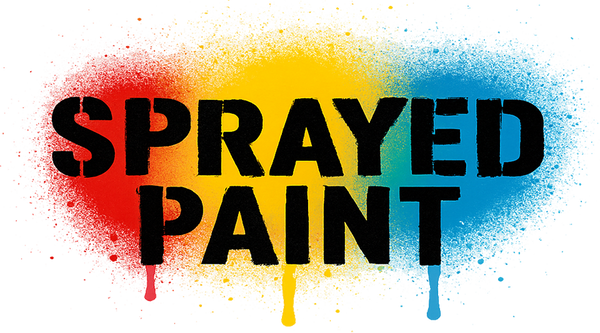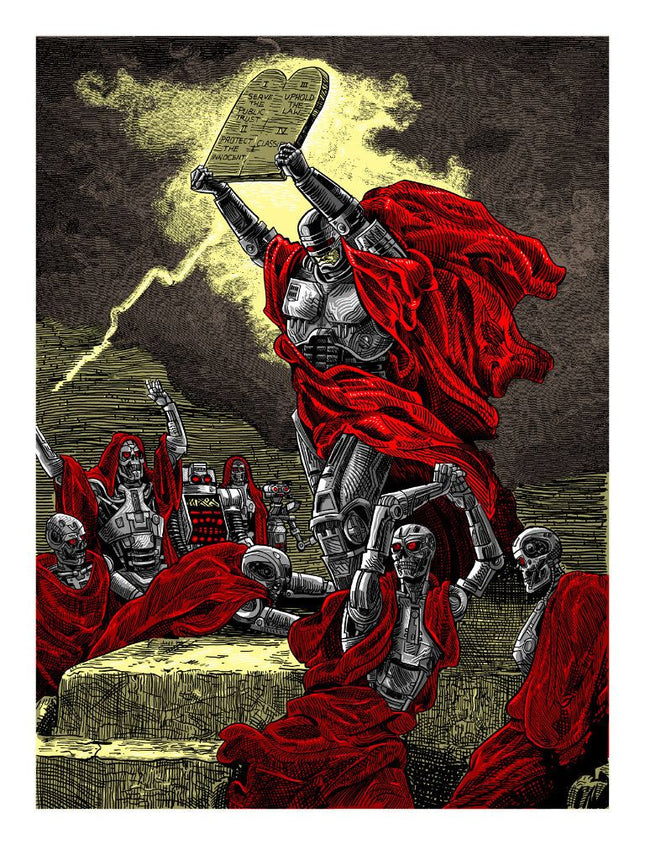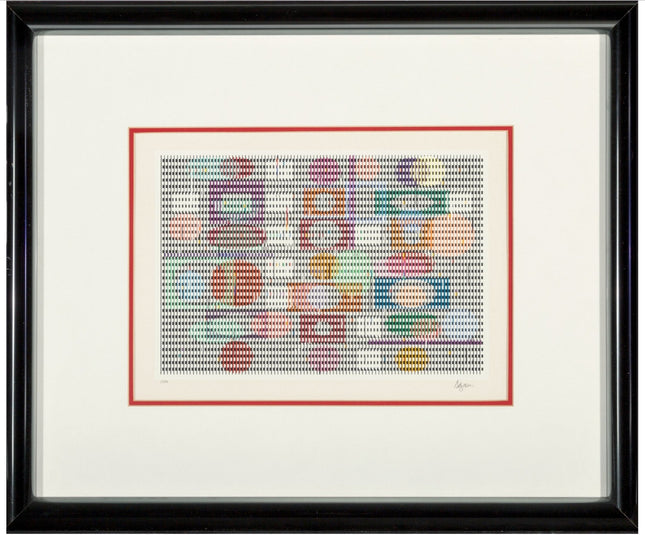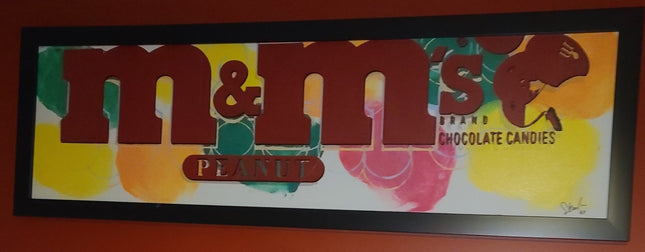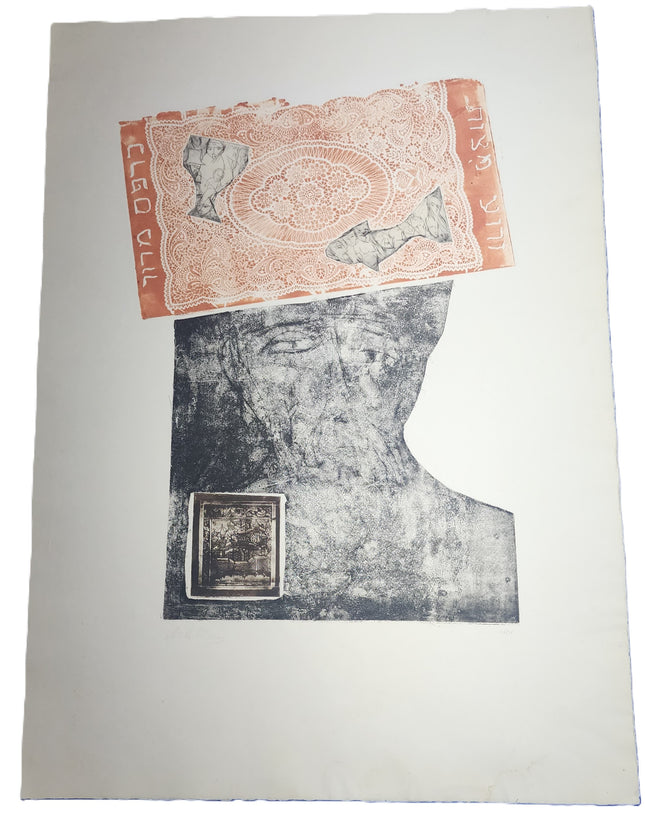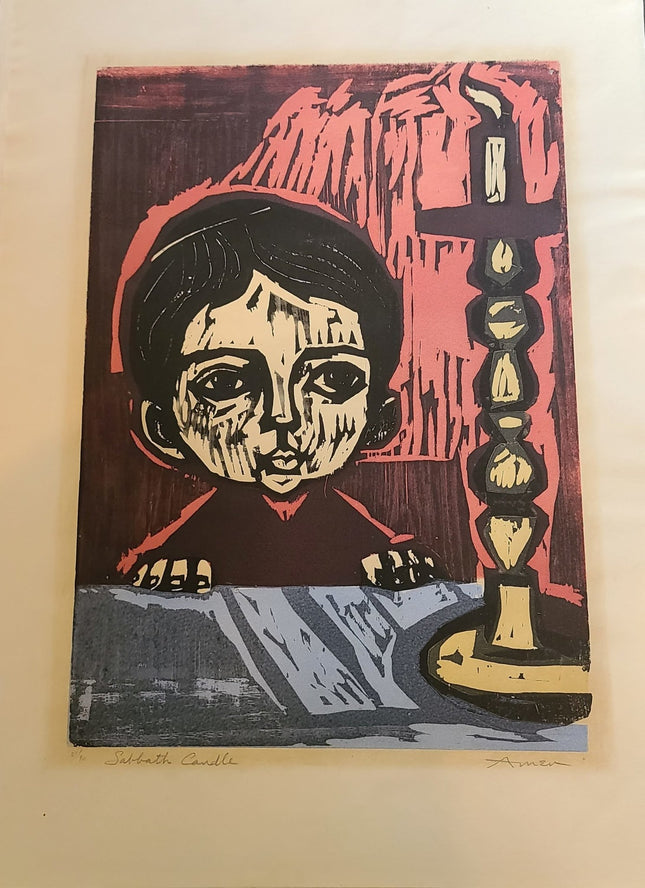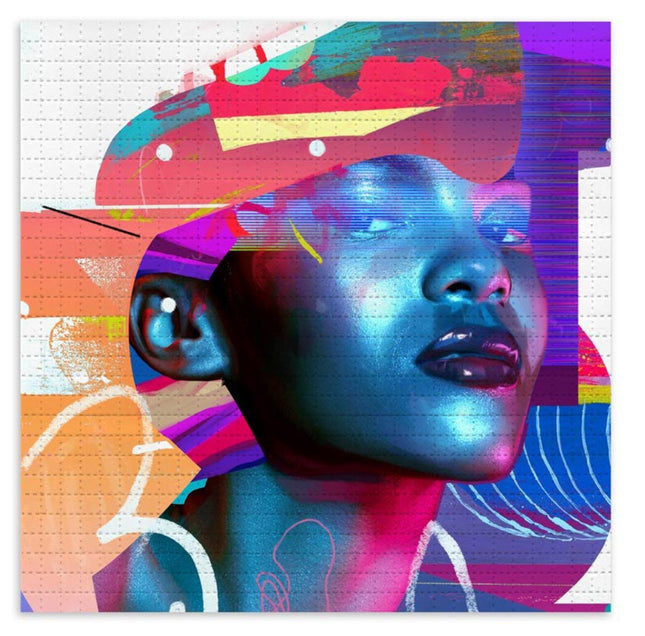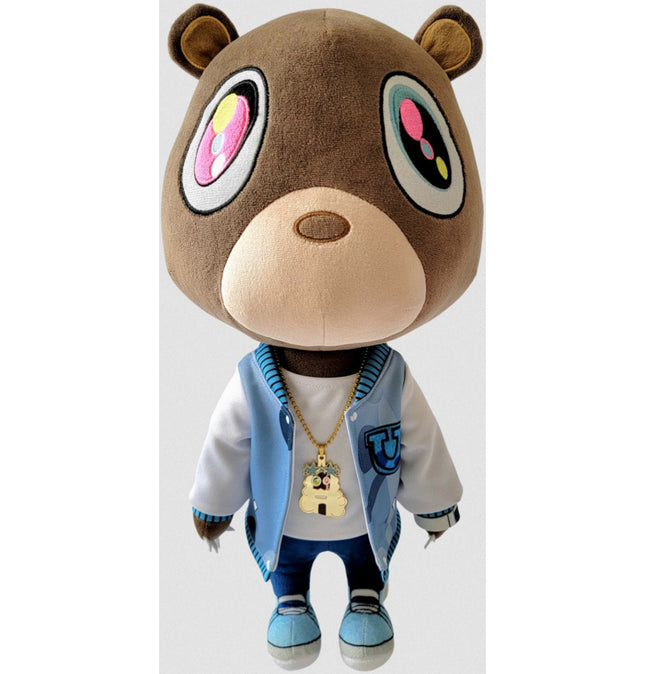
Jewish Influence in Street Pop Art & Graffiti Artwork
Jewish themes, symbols, and cultural expressions have been embedded in street pop art & graffiti artwork, contributing to a fusion of identity, history, and activism. From traditional motifs like the Star of David and Hebrew calligraphy to modern interpretations of Jewish heritage through urban murals, stencil art, and pop culture references, Jewish artists and themes have shaped the landscape of contemporary street visuals. The intersection of spirituality, historical memory, and modern urban expression has resulted in powerful works that connect the past with the present, using city walls as a canvas for storytelling.
Jewish Artists in Street Pop Art & Graffiti Artwork
Jewish artists have played a significant role in shaping urban and pop art movements, incorporating elements of kabbalistic mysticism, political activism, and social commentary into their works. Figures like Yaacov Agam from Israel, known for kinetic and optical art, have influenced the way movement and transformation are portrayed in modern graffiti and street pop aesthetics. Agam’s use of layered visuals and color-changing perspectives has parallels with urban artists utilizing lenticular murals, augmented reality, and shifting street installations. Contemporary Jewish street artists have also made significant contributions to political and identity-based graffiti, especially in cities with large Jewish populations like New York, Berlin, and Tel Aviv. These artists use spray paint, wheatpaste posters, and stencil techniques to communicate messages about Jewish resilience, anti-Semitism, and cultural pride, often juxtaposing traditional symbols like menorahs, Torah scrolls, and Yiddish phrases with modern urban aesthetics.
Jewish Symbols and Street Art Representation
Jewish street pop art has often incorporated symbols with deep historical and religious significance, giving them a modern, sometimes rebellious, visual treatment. The Star of David, mezuzahs, Hebrew script, and mystical Kabbalistic symbols have been reinterpreted in bold, neon colors, digital projections, and large-scale urban installations. These representations provide a space for Jewish culture to thrive visually in public spaces, where identity and history are openly celebrated. In cities like Jerusalem and New York, Jewish artists have created murals depicting biblical narratives, contemporary Jewish figures, and abstract representations of Jewish faith. The fusion of graffiti techniques, layered spray paint textures, and Hebrew lettering creates a unique aesthetic that stands out within the street art world. Jewish street artists also frequently address issues of exile, diaspora, and communal identity, using murals to explore the experience of migration, oppression, and cultural survival.
Political and Social Themes in Jewish Street Pop Art
Jewish street pop art is often intertwined with activism, resistance, and cultural commentary, reflecting issues like antisemitism, historical persecution, and modern Jewish identity. Artists have used graffiti to highlight Holocaust memory, Jewish solidarity movements, and the impact of Jewish innovation on global culture. Murals featuring Jewish leaders, historical events, and contemporary political messages act as a visual dialogue between tradition and modernity. Street art featuring Jewish themes is also present in protest movements, cultural festivals, and public installations, where artists create temporary or permanent murals that address contemporary Jewish struggles. In cities with rising antisemitism and political tension, graffiti artists use their work to challenge misconceptions, reclaim space, and promote Jewish pride through bold and defiant visual storytelling. Through spray-painted Hebrew calligraphy, mixed-media murals of Jewish icons, and reimagined Jewish folk art in urban spaces, Jewish street pop art continues to evolve as a powerful voice in contemporary visual culture, blending ancient traditions with modern artistic rebellion.
